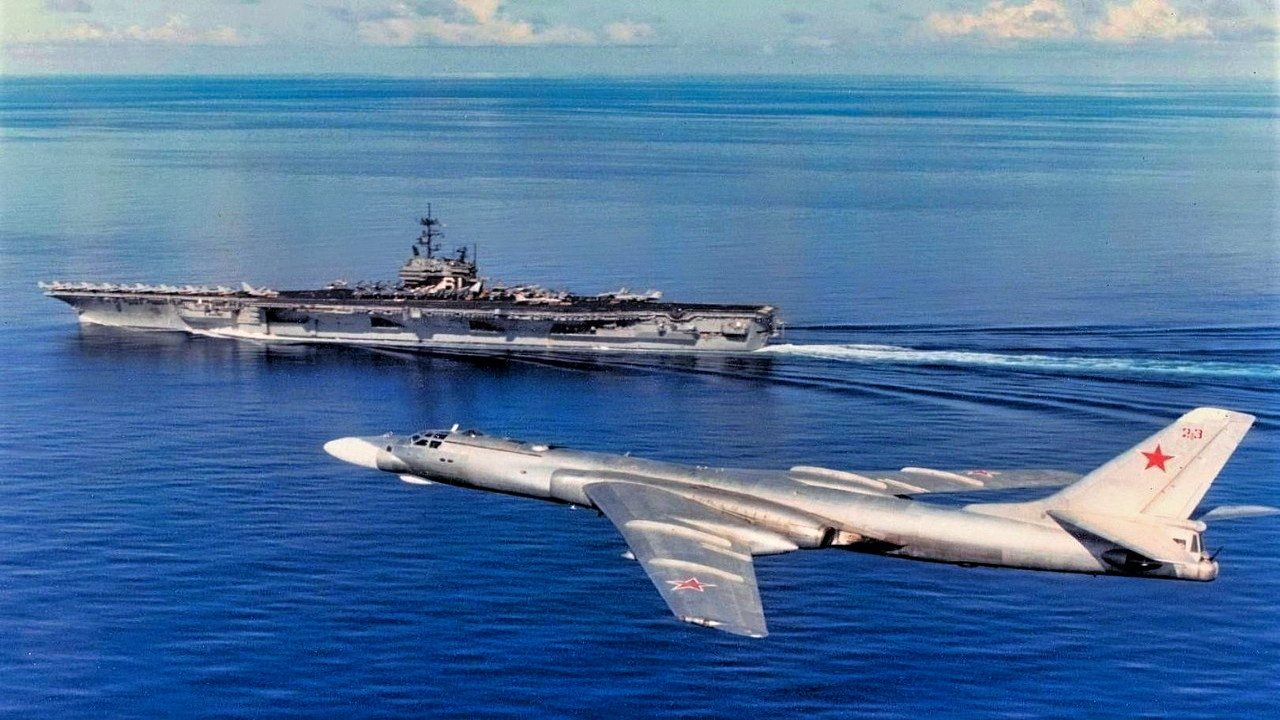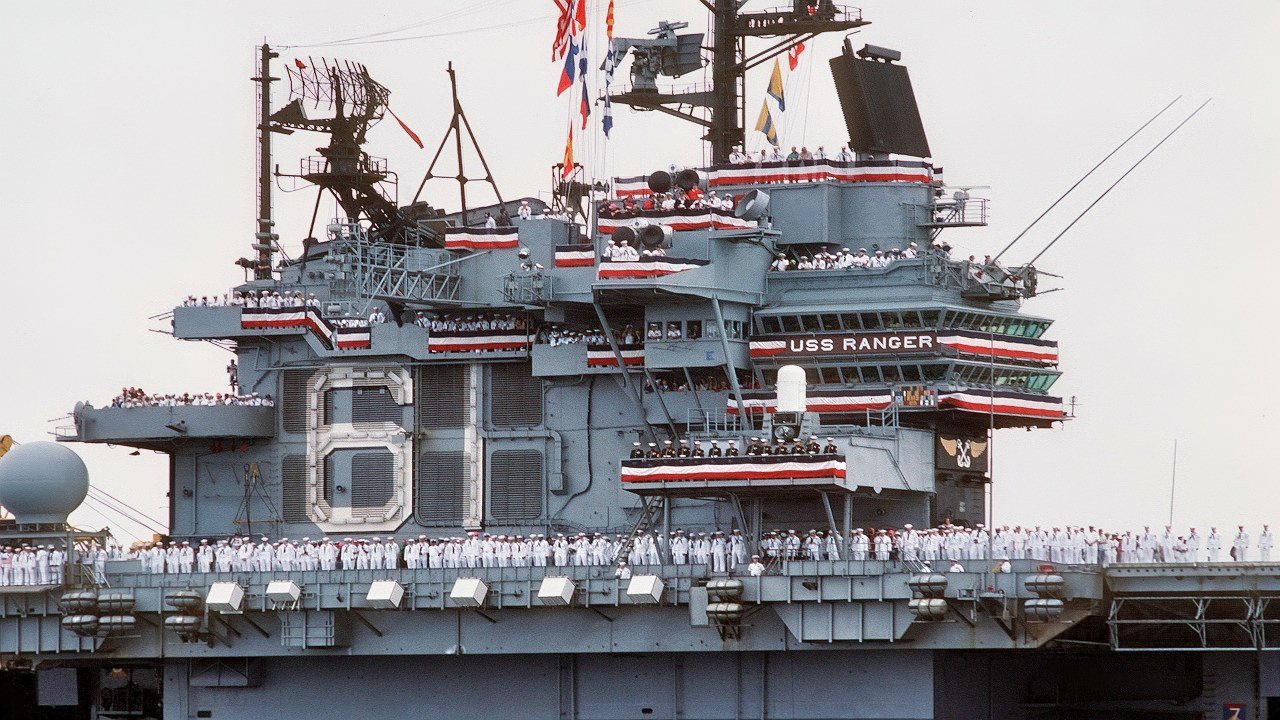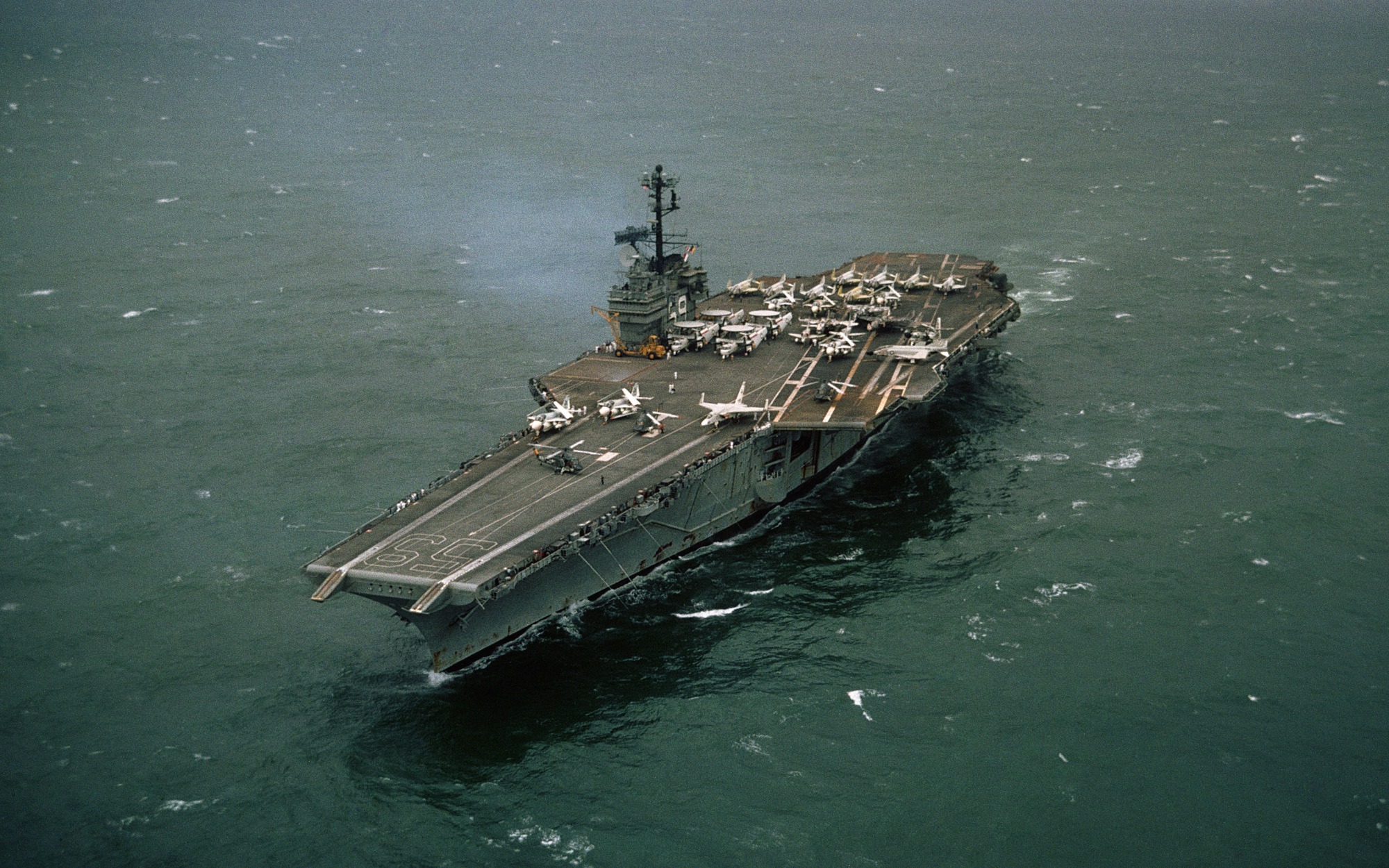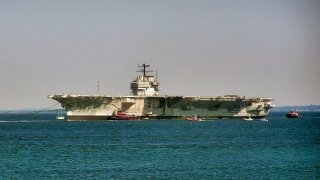Forrestal-Class Aircraft Carriers: America’s Sea Giants of the Cold War
The U.S. Navy's Forrestal-class aircraft carriers, built during the Cold War, marked a significant advancement in sea-based warfare. Designed to accommodate larger airframes and advanced weaponry, these supercarriers were integral to America's military strategy.
Summary and Key Points: The U.S. Navy's Forrestal-class aircraft carriers, built during the Cold War, marked a significant advancement in sea-based warfare. Designed to accommodate larger airframes and advanced weaponry, these supercarriers were integral to America's military strategy.

-The class included four ships: Forrestal, Saratoga, Ranger, and Independence, each varying in size and capabilities. The USS Ranger, the third of the class, was the first U.S. carrier designed with an angled deck from the start.
-Ranger played a crucial role in the Vietnam War and later participated in significant operations, including those in response to the Entebbe hostage crisis and conflicts in the Persian Gulf.
USS Ranger: The Pioneering Supercarrier of the Forrestal Class
The U.S. Navy’s Forrestal-class aircraft carriers represented the pinnacle of progression in the sea-based warfare realm during the Cold War.
These supercarriers were built as the arms race between America and the Soviet Union was brewing.
Designed with then-extraordinary tonnage, the Forrestal vessels were intended to integrate larger airframes capable of carrying more advanced weaponry. Four ships in this class were constructed during the 1950’s, the Forrestal (CVN-59), Saratoga (CVN-60), Ranger (CV-61) and Independence (CV-62).
An overview of the Forrestal-class aircraft carriers
Compared to its predecessors, the Forrestal carriers were roughly 25% larger in size. The previous Midway-class ships could carry 65-75 airframes, while the Forrestal carriers could sport up to 100.
These new supercarriers measured 100 feet longer and nearly 20 feet wider than the Midways, enabling them to sail the seas more stably regardless of weather conditions.
When the Forrestal ships first entered service, they possessed the largest hangar and flight decks. Aircraft were becoming more extensive as the military understood that they could carry the smaller nuclear weapons being designed following the Second World War.
The four ships in the Forrestal class were unique as none were identical in size, armament, or power output.
The USS Ranger:
USS Ranger was the third of the Forrestal-class supercarriers constructed for the Navy. She also had the distinction of being the first American carrier designed from the beginning as an angled-deck ship. Ranger was laid down in 1954 by Newport News Shipbuilding and Drydock and Newport News, Virginia. She officially launched two years later and was commissioned at the Norfolk Naval Shipyard.

Following her launch into service, USS Ranger participated in air operations in the Caribbean in addition to individual ship exercises. Until the early 1960’s, she was part of the Pacific Fleet. However, this shifted when the Vietnam War broke out.
The Ranger contributed mightily to the war effort over the next eight years. In 1967, she became the first carrier to deploy with the new A-7 Corsair II jet attack plane and UH-2C Seasprite turboprop rescue helicopter.
As detailed by Seaforces:
“From carrier refresher training for CVW-2, Ranger proceeded to fleet exercise Moon Festival. From 9 to 16 October 1967, the carrier and her air wing participated in every aspect of a major fleet combat operation. Her efficiency honed to a fine edge, Ranger departed Alameda on 4 November 1967 for WestPac. Arriving Yokosuka 21 November, she relieved USS Constellation and sailed for the Philippines on the 24th. After arriving at Subic Bay on 29 November, she made final preparations for combat operations in the Tonkin Gulf. Commander, Carrier Division 3, embarked on 30 November as Commander, TG 77.7; and Ranger departed Subic Bay on 1 December for Yankee Station.”
In 1968, Ranger took part in Operation Formation Star when North Korea seized an American environmental research ship. In addition to this stint, the supercarrier would spend the next few decades operating off the coast of Kenya in the wake of the rescue of Israeli hostages held at Uganda’s Entebbe airport and in the Persian Gulf.

About the Author: Maya Carlin
Maya Carlin, National Security Writer with The National Interest, is an analyst with the Center for Security Policy and a former Anna Sobol Levy Fellow at IDC Herzliya in Israel. She has by-lines in many publications, including The National Interest, Jerusalem Post, and Times of Israel. You can follow her on Twitter: @MayaCarlin.
All images are Creative Commons.


